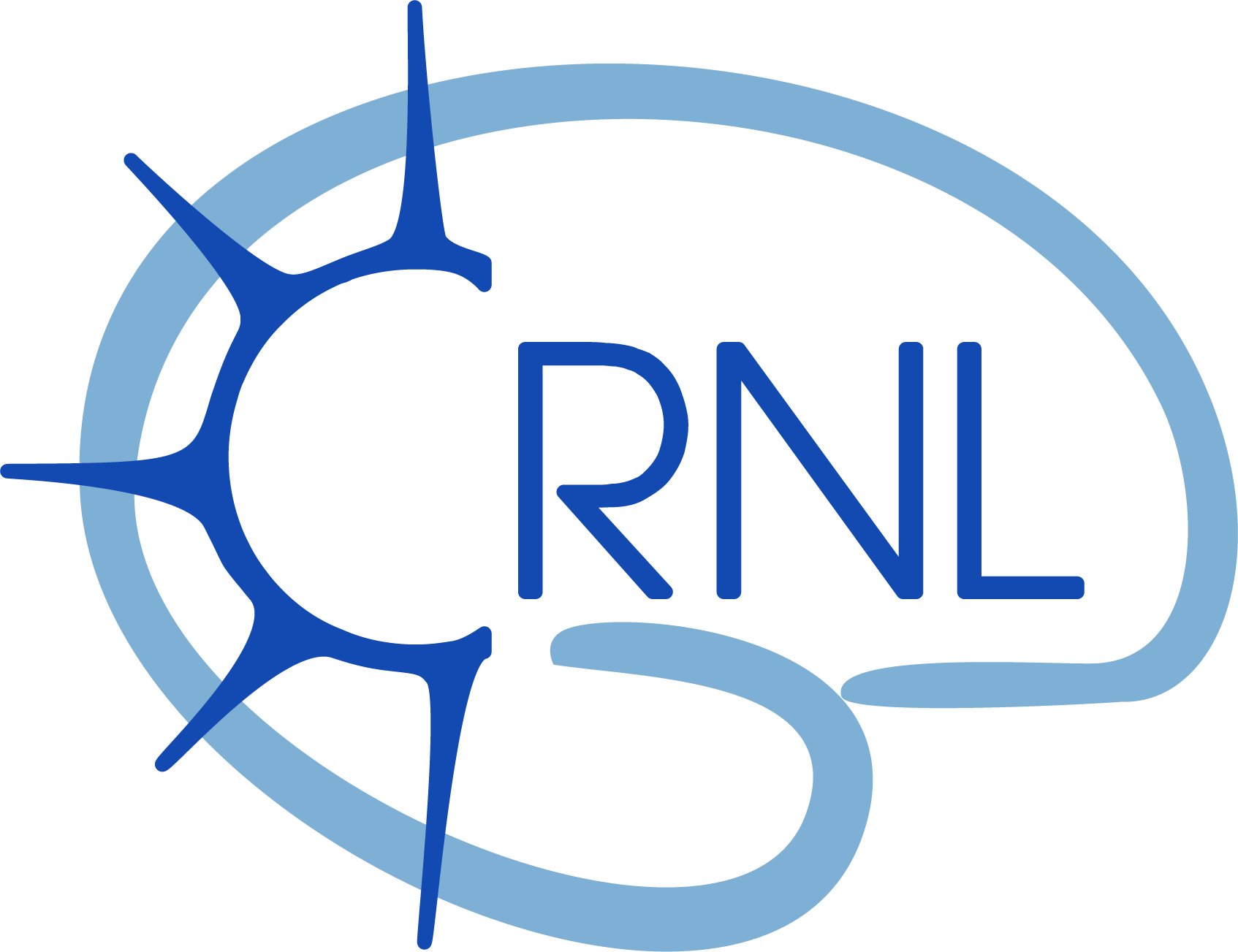DETERMINATION OF A REFERENCE VALUE FOR THE NEOPTERIN/ LCR CREATININE RATIO: EVALUATION OF DIAGNOSTIC PERFORMANCE AND RELEVANCE TO BIOLOGICAL PRACTICE
DETERMINATION D’UNE VALEUR DE REFERENCE DU RATIO NEOPTERINE/ CREATININE LCR : EVALUATION DES PERFORMANCES DIAGNOSTIQUES ET INTERET EN PRATIQUE BIOLOGIQUE
Résumé
Neopterin is a marker of the activation of cell-mediated immunity. It is increased in many inflammatory, autoimmune and infectious diseases and in neoplasia. In the laboratory, it is measured to detect stimulation of cellular immunity, either peripheral (in urine) or neurological (cerebrospinal fluid [CSF]). Eliminated exclusively by the renal route, its urinary concentration is expressed by a neopterin/creatinine ratio in order to be independent of the state of renal function. Level of neopterin is expressed as an absolute value (nmol/L).
In daily practice, we have observed subnormal neopterinorachia frequently associated with higher than average CSF creatinine. We therefore wondered whether expressing neopterin as a ratio of neopterin to CSF creatinine would help to normalise these subnormal neopterinorachia, particularly in cases of impaired renal elimination.
To do this, we determined a positivity threshold for the neopterin/CSF creatinine ratio, set at 92.1, based on a cohort of 294 patients. We then retrospectively tested the diagnostic performance of this threshold on a 2nd cohort. This threshold was found to have a sensitivity of 68.5% and a specificity of 92.6%, making it possible to discriminate between patients with and without stimulation of cellular immunity. It enables patients with neopterin level to be reclassified as subnormal with a concomitant increase in creatinine in the CSF. However, due to its low sensitivity, the reference cohort needs to be extended in order to verify this threshold, which seems to be particularly defective for ratio values with low CSF creatinine. This work also opens up the prospect of more fundamental studies into the passage of neopterin and creatinine across the different peripheral/cerebral barriers and the clearance of these two metabolites.
La néoptérine est un marqueur de l’activation de l’immunité à médiation cellulaire. Elle est augmentée dans de nombreuses maladies inflammatoires, auto-immunes, infectieuses et dans les néoplasies. Au sein du laboratoire, son dosage est réalisé pour détecter une stimulation de l’immunité cellulaire soit périphérique (dans les urines) soit neurologique (liquide céphalorachidien [LCR]). Eliminée exclusivement par voie rénale, sa concentration urinaire est exprimée par un ratio néoptérine/créatinine afin de s’affranchir de l’état de la fonction rénale. La néoptérinorachie est exprimée en valeur absolue (nmol/L).
En pratique quotidienne, nous avons observé des néoptérinorachies subnormales fréquemment associées à une créatinine LCR plus élevée que la moyenne. Nous nous sommes alors demandé si le fait d’exprimer la néoptérine par un ratio néoptérine/créatinine LCR permettrait de normaliser ces néoptérinorachies subnormales, notamment en cas de défaut d’élimination rénale.
Pour cela, nous avons déterminé un seuil de positivité du ratio néoptérine / créatinine LCR, établi à 92,1 à partir d’une cohorte de 294 patients. Ensuite, nous avons testé les performances diagnostiques de ce seuil sur une 2ème cohorte de manière rétrospective. Ce seuil s’avère avoir une sensibilité de 68,5% et une spécificité de 92,6% permettant de discriminer les patients avec et sans stimulation de l’immunité cellulaire. Il permet de reclasser les patients ayant une néoptérinorachie dans les valeurs subnormales avec une augmentation conjointe de créatinine dans le LCR. Cependant, la faible sensibilité nécessite d’élargir la cohorte de référence afin de vérifier ce seuil qui semble notamment mis en défaut pour les valeurs de ratio avec créatinine LCR basse. Ce travail ouvre également une perspective d’études plus fondamentales sur les passages de la néoptérine et de la créatinine au travers des différentes barrières périphérie/cerveau et la clairance de ces deux métabolites.
| Origine | Fichiers produits par l'(les) auteur(s) |
|---|
